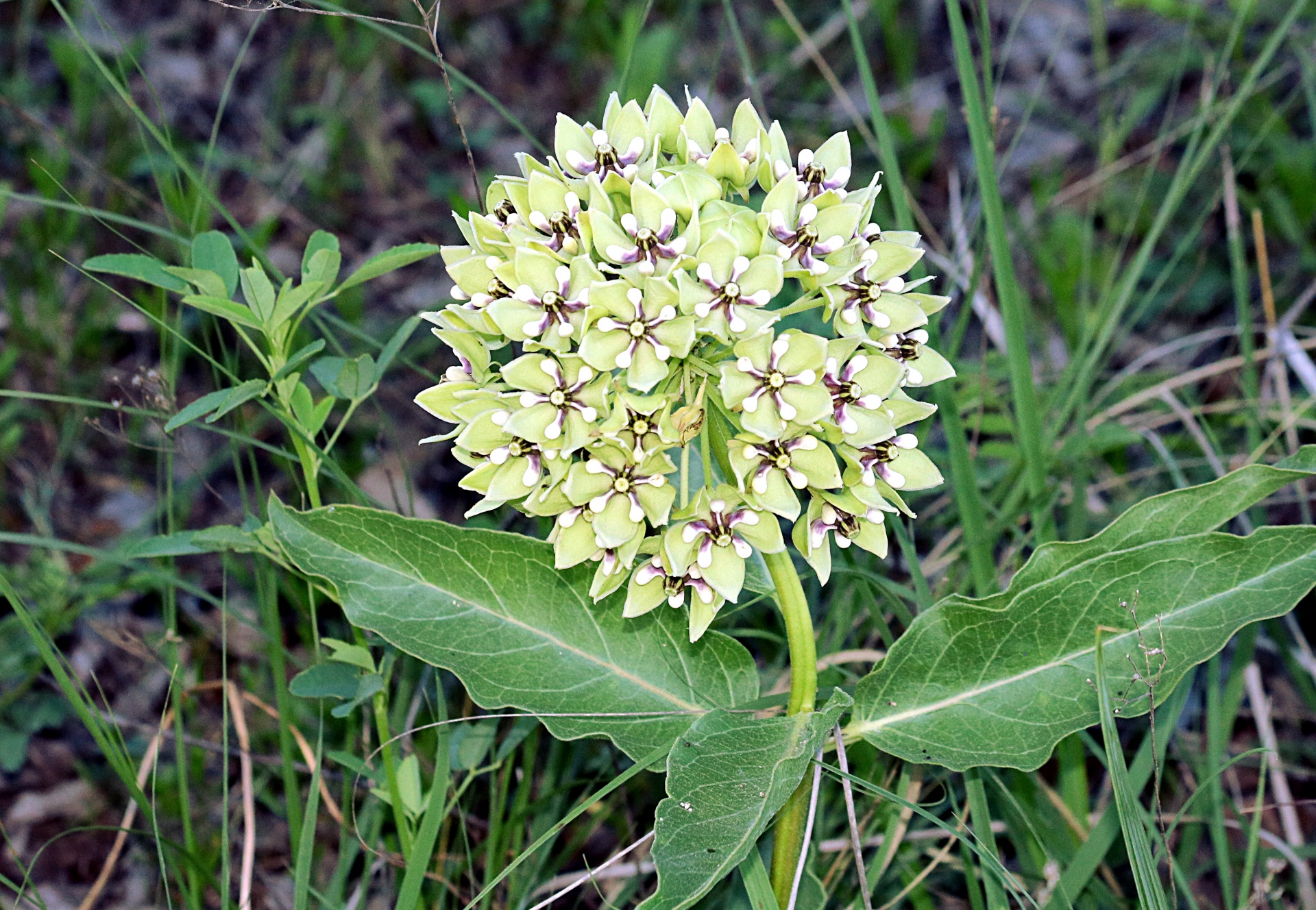Once we get our gardens all planted in the spring, the next hairy task to raise its head is getting rid of weeds. Weeds are just plants where you don’t want them. When I was a girl, lantana was considered to be a weed. Nowadays nurseries sell lantanas of many kinds by the truckload.
I once did a speech to a garden club in Uvalde and showed a picture of Antelope Horns, the Texas native milkweed, which grows wild on the roadsides and in the fields in that neck of the nearly desert. I would love to have my garden full of them. Both Monarch and Queen butterflies feed on them for sustenance. I think they have a gorgeous blossom with a complex flower. I was waxing eloquent on the beauty of the flower when a woman in the audience said, rather loudly, “I think they are really ugly.” I get it that there are different strokes for different folks, but just consider that the weed you are pulling may be the next nursery darling.
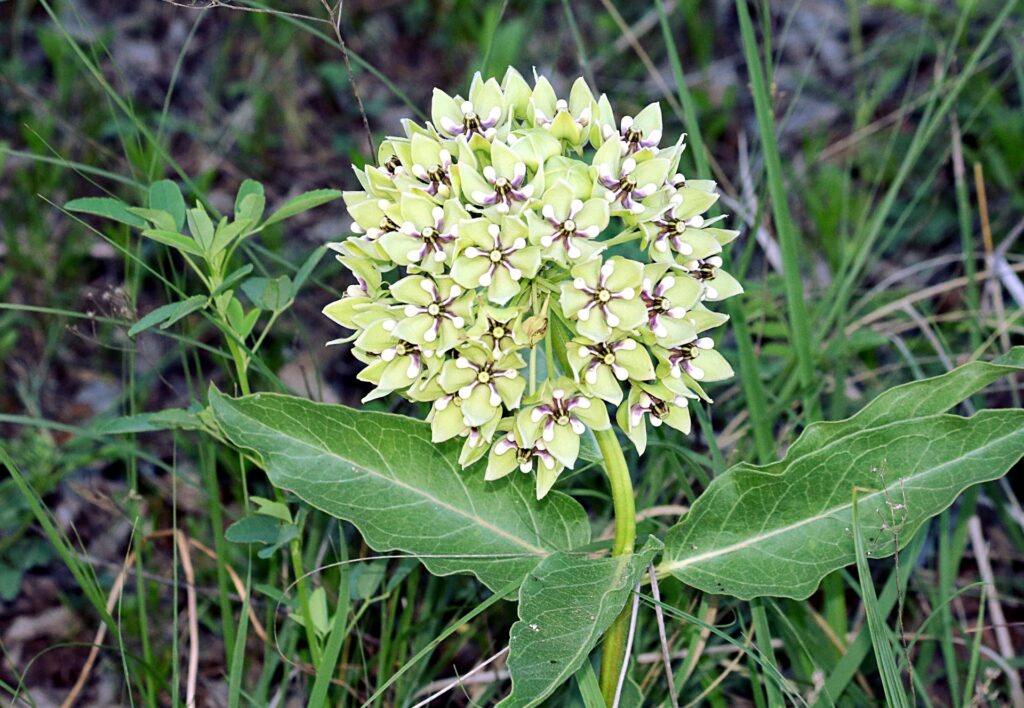
Pretty Plants May Become Nasty Weeds
Sometimes weeds are plants that become invasive. There is a kind of ruellia, often called Mexican Petunia, that is still sold in nurseries all over Texas. I’ve seen them growing as part of the landscaping around schools and also in ditches. If you ever see one in a nursery, I beg you to pass it by. This ruellia can spit seeds over 10 feet away, as well as propagate by rhizomes (underground stems with roots). The former owner of my house had made the mistake of buying some, Then he spent the next ten years trying to figure out how to eradicate it. He finally resorted to laying down tarp, covering it with pebbles and gardening in raised beds to avoid the pest. Many years later, I still pull the stubborn offspring of this very invasive plant from my garden.
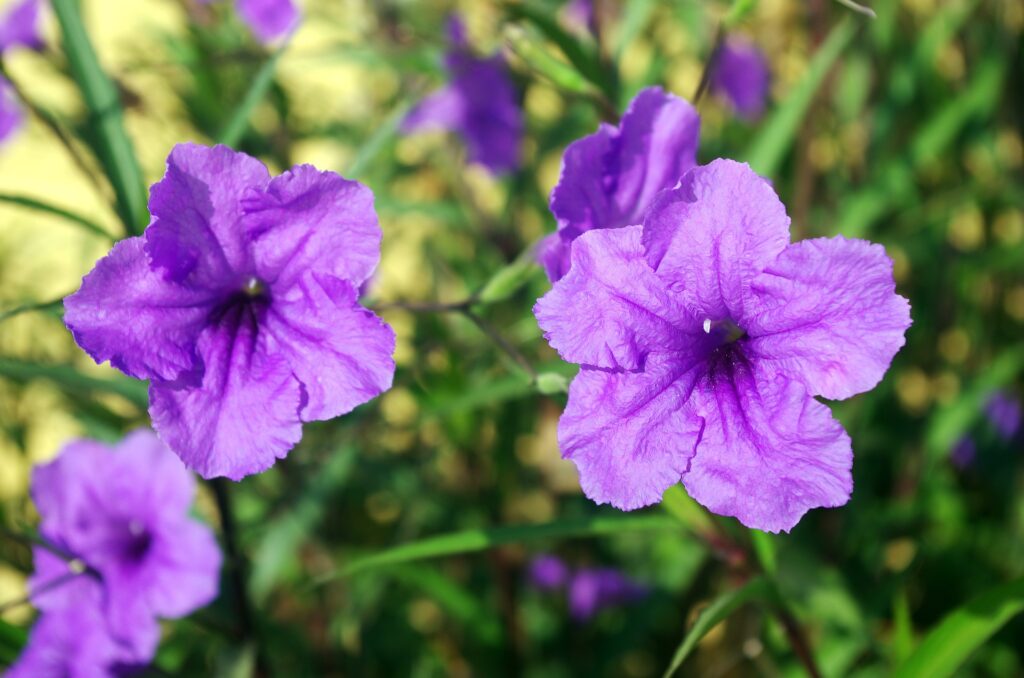
Weed When Weed Plants are Little
I have read so many times to be sure to remove weeds while they are little and then it isn’t such a hard task, and it keeps things under control. In spite of my best intentions, that is not the way it works for me. I get slammed by something that keeps me out of the garden for a few weeks, and then I am so behind I can’t ever catch up. Now if you are a person who really sticks to the schedule, then the weed while the weeds are little plan may work for you. And I have no argument that this is the best plan.

Using Herbicides to Kill Weeds
Of course, there are chemical alternatives for killing weeds. Agent Orange, used in Viet Nam to remove foliage from the desert, ended up causing cancer in many veterans of that war. The same company that manufactured Agent Orange now manufactures a popular herbicide. Users of their products developed cases of cancer and filed many lawsuits against this manufacturer. The company has settled for $10 billion. (Source: https://www.cnn.com/2020/06/24/health/bayer-monsanto-roundup-settlement/index.html)
I personally dislike any chemical weed killers except in extreme cases. By extreme cases I mean only one: poison ivy. I have had poison ivy show up as a gift from the birds in my yard, and I have three beloved grandsons. I use weed killer, but never Roundup, for that purpose only. For all other weeds, I use organic methods.
Organic Killers for Weeds
One organic method is to use corn gluten meal. You apply it to the soil to prevent weed seeds from sprouting. I tried this once, but it’s expensive, and I didn’t find it to be terribly effective. With this method, the timing is so critical that I usually have all kinds of weeds before I can use a “pre-emergent” method. I’m just not that efficient.
The Very Best Method Ever to Deal with Weeds
In my master gardeners’ class, one speaker recommended using cardboard topped with mulch as a way to prevent weeds. I’ve found this to be such a dandy way that I try to use it everywhere I put a plant.
I plant my little darlings that I have started from seed, and then I make sure they are surrounded by compost. Then I cover the soil with cardboard, leaving a hole around the seedling for water to enter, and then cover the cardboard with mulch. I buy mulch from the store, but you could use hay or straw if you can get your hands on it. This tip changed my life where weeds are concerned. Of course, weeds are wily creatures and they will come up around the cardboard and through the mulch. However, with the cardboard/mulch application, the weeds are much easier to pull.
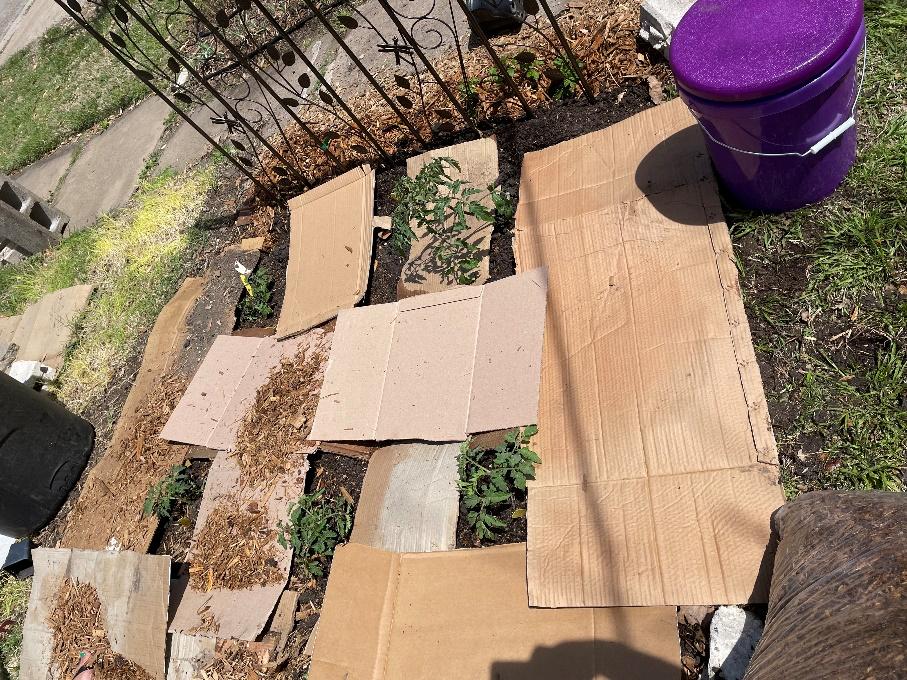
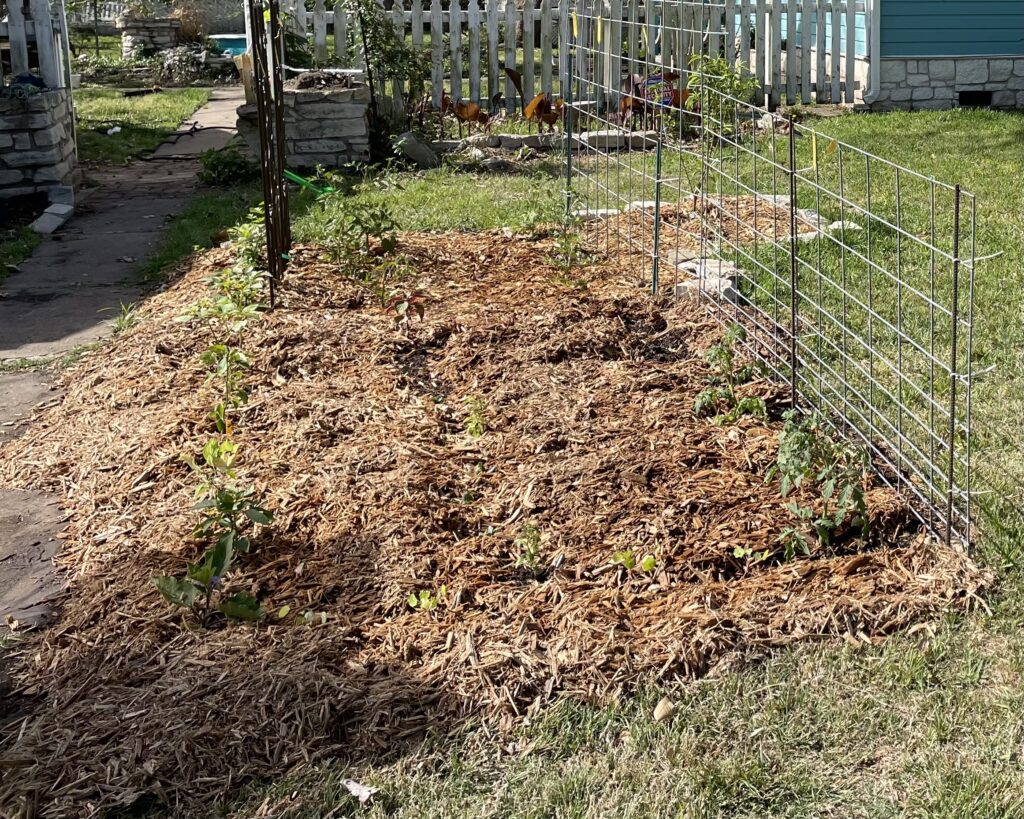
Advantages of the Cardboard Method on Weeds and Plants
This method has so many advantages.
- The cardboard/mulch suppresses the weeds.
- Any determined weeds that come up through or around the cardboard/mulch are easier to pull.
- The cardboard acts as an insulator. This keeps the soil much cooler so your plants can grow stronger roots. Stronger roots allows your plant to take up nutrients more easily because of the cooler temperature. In our hot weather, this is an important technique for keeping our plants happy.
- And the glue that is used to create cardboard just happens to be a food for the microbes in the soil. Happy microbes mean happy plants because the microbes help plants take up nutrients in the soil.
- Both the cardboard and the mulch add organic matter to the soil as they decompose.
If you are in Texas, try out the cardboard method and you will be glad you did! Since this blog is specifically about Texas, I shouldn’t have to say this. But if you don’t live in Central Texas, this method may not work well for you because it may keep the soil too cool for your plants to be happy.
